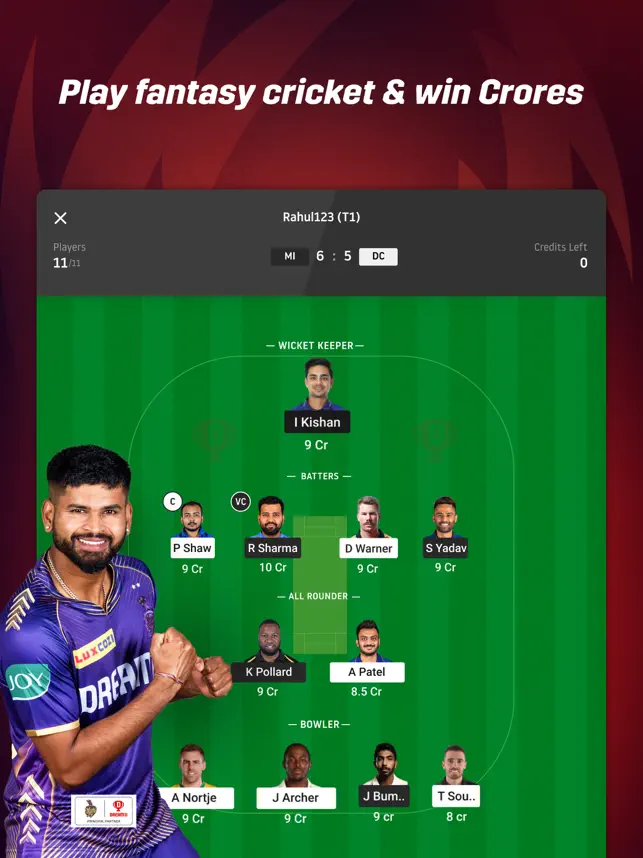Finding a great SQL developer is not an easy task, especially if you don’t know anything about the subject. If you’re going after the cream of the crop, you need a great set of SQL interview questions to tell you who’s hot and who’s not.
You could throw them some softball questions their way, like what is DBMS, what are tables and fields, and what is a join. But these aren’t going to tell you how good the person on the other side of the table is.
Thankfully, you don’t need to understand anything about SQL to find the right developer for your company. That’s because we’re going to arm you with the best questions, and the right answers to listen out for. Let’s get started.
- Start Your SQL Interview Questions With What Are the Two Main Index Types?
The two main index types that you want the interviewee to answer are clustered and non-clustered. Naturally, you’ll want them to dive into more detail.
A clustered index refers to how the data gets organized in a table. A table can only be ordered in one way, so there can only be one of these types of index per table.
What points to the data is a non-clustered index. This is when the data gets stored in one place, and the index is in another.
- What Are the Different Subsets of SQL?
For this question, they should be able to not only respond with three different subsets but also explain what they do. The three subsets are:
- Data Definition Language (DDL)
- Data Manipulation Language (DML)
- Data Control Language (DCL)
A DDL lets you perform various operations on a database. This can include creating, altering, and deleting data or objects.
DML allows you to access and manipulate data. You can insert, delete, update, and retrieve information from the database.
For a DCL, you can control who has access to the database. This is almost like a gatekeeper who grants and revokes permissions to other users.
- How Would You Describe Data Integrity?
There are several approaches the interviewee might take on this question. It will depend on how detailed you want the answer or how simple you want the explanation.
One of the simplest descriptions is that it refers to the accuracy and consistency of the data in the database. They should also mention how business rules can impact integrity when new data gets entered into it.
- What Does Normalization Mean and What Are the Advantages of It?
Normalization means to organize data in a way to avoid any kind of duplication or redundancy. There are several advantages you want to listen out for, which include:
- More tables allowing for smaller rows
- More efficient data access
- Increased flexibility for queries
- Faster speed to find information
- Allows to easily implement security protocols
- Creates a more compact database
- Ensures that there is more consistent data in the tables
This question follows nicely after you’ve asked about data integrity. It’s also an essential question if your data needs better organization and a clean-up to remove any duplicates.
- How Do You Describe Database Maintenance?
This phrase describes a set of tasks that get run to improve the database. These tasks can assist in checking for errors, freeing up disk space, updating statistics, and more.
SQL and PostgreSQL maintenance is important to ensure that the server is running to its peak potential. Ideally, it should occur at least every 14 days to avoid any potential errors from occurring.
- What Are the Different Types of Joins?
For this question, you’re looking for four descriptions of joins. These are used when data gets retrieved between various tables. The four joins you’re looking for are:
- Inner join
- Right join
- Left join
- Full outer join
An inner join is commonly used in SQL. It can return all the rows from various tables where the condition applies.
A right join returns all of the rows from the right table. But only when the rows match with the left table. A left join is simply the opposite of this.
The full outer join gets used to finding a match in any of the tables. It returns all of the rows from the left and right tables.
- What Does an ACID Property Refer to in a Database?
First, you’d like the interviewee to explain to you what ACID stands for. ACID is Atomicity, Consistency, Isolation, and Durability. It’s a property that ensures every data transaction is processed reliability in a system.
Atomicity is when a transaction completes or fails in a single logical operation. Usually, it means when one part fails, then the whole operation stops, and nothing in the database gets updated.
Consistency refers to the validation rules. One method is to state that the transaction never leaves the database until it’s completed.
The goal of isolation is to ensure concurrency control. While durability means the operation is committed regardless if there is a crash, error, or even a loss of power.
Do You Have Any Questions?
Your final SQL interview questions should center around asking them if they have any questions for the interviewers. It should spark an open conversation about the company, it’s culture, it’s performance instead of technical queries or salaries and bonuses.
If you want thorough examinations on topics that matter to you, then follow our blog for news and articles from some of the world’s best independent journalists.
We call it like we see it and aim to improve with every story we publish. Our contributors are members of the Society of Professional Journalists, so you know you’re only reading trustworthy articles.
My name is Sardar Ayaz a professional content writer and SEO expert having Proven record of excellent writing demonstrated in a professional portfolio Impeccable grasp of the English language, including idioms and current trends in slang and expressions. I have ability to work independently with little or no daily supervision with strong interpersonal skills and willingness to communicate with clients, colleagues, and management.
I can produce well-researched content for publication online and in print, organize writing schedules to complete drafts of content or finished projects within deadlines. I have 12 years’ experience to develop related content for multiple platforms, such as websites, email marketing, product descriptions, videos, and blogs.
I use search engine optimization (SEO) strategies in writing to maximize the online visibility of a website in search results











